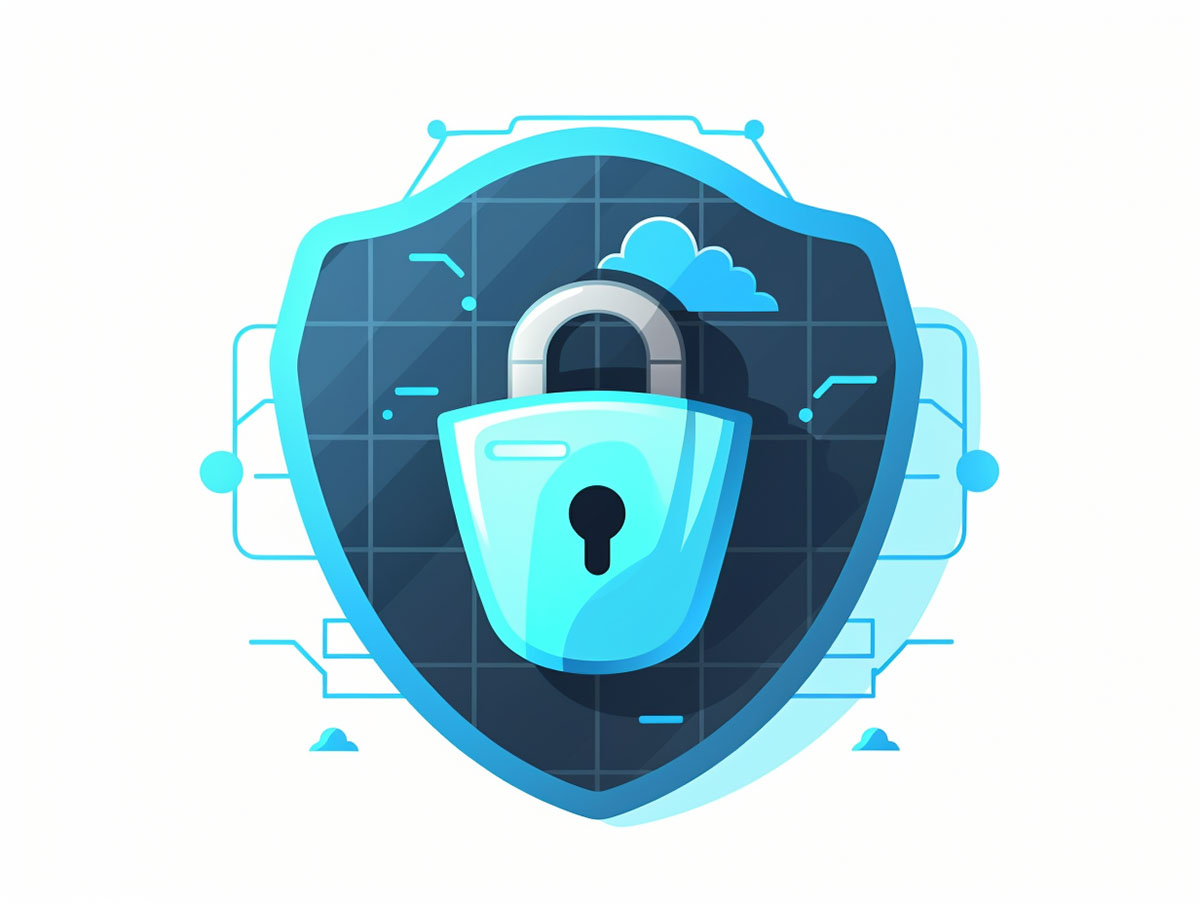A Demilitarized Zone (DMZ) is a physical or virtual subnetwork that contains and exposes an organization’s external-facing services to a larger, untrusted network, usually the internet. The purpose of a DMZ is to add an extra layer of security to an organization’s Local Area Network (LAN); an external attacker only has access to equipment in the DMZ, rather than the whole network.
Demilitarized Zone (DMZ) Examples
#1. Business Website Server
In this scenario, a business has chosen to place its external website server in a DMZ. The server housed here is accessible from the internet, as it delivers the public-facing website.

Stay One Step Ahead of Cyber Threats
If the server were ever compromised by an attacker, the implications would be limited. This is because while the attacker could access the server in the DMZ, they would be prevented from reaching into the business’s more secure, internal network. Herein lies the primary security advantage of a DMZ — it adds an additional layer of protection for the areas of the network where sensitive information is held.
Therefore, even in the unfortunate event of a security breach, the business can rest assured that critical data, such as customer information, financial records, and internal communications, remain secure and inaccessible to the attacker.
#2. University Public Wi-Fi Network
A university’s public Wi-Fi network is an ideal candidate to be contained in a DMZ. The users of this network – students, staff, and guests – need internet access, but they do not usually require access to the institution’s sensitive information.
By positioning the public Wi-Fi network in a DMZ, the university can ensure that anyone who connects to it won’t have access to critical data such as research files or personal records of staff and students. This dramatically reduces the risk of these important files being unwittingly exposed or, even worse, deliberately stolen.
In the event the Wi-Fi network is compromised, the intruder would only have access to the systems in the DMZ, preventing them from reaching the university’s main network. Thus, preventative measures like these keep the university’s sensitive data secure.
#3. Mobile Apps Communicating with Servers
In many companies, mobile apps are a routine part of business operations. These apps frequently need to communicate with servers over the internet to function effectively. Placing these servers in a DMZ is a wise security measure.
If an attacker manages to compromise an app, their access would be limited to the server in the DMZ – they couldn’t reach the core network where more critical business data is stored. This arrangement keeps the main network safer, as any threat posed by a compromised app is effectively contained within the DMZ.
By keeping mobile apps separate from the core network, companies can lessen the damage done in the event of a security breach within these apps. Especially in today’s digitally reliant world, such precautions prove helpful in safeguarding a company’s valuable data.
Conclusion
When it comes to mitigating risks and enhancing security, a DMZ plays an essential role. Whether protecting a business’s internal data, a university’s network, or a mobile app’s server communication, a DMZ serves as a barrier, ensuring that even if an external-facing service is compromised, the core network remains secure.
Key Takeaways
- A DMZ, or Demilitarized Zone, adds an extra layer of security to an organization’s network by segregating external-facing services from the internal network.
- A DMZ limits the damage a cyber-attack can cause, as an attacker can only reach systems in the DMZ, not the core network.
- Common uses of a DMZ include protecting business website servers, university Wi-Fi networks, and servers that communicate with mobile apps.
- The primary function of a DMZ is to protect an organization’s most sensitive data, even if a portion of the network is compromised.
- The concept of a DMZ applies to both physical and virtual networks.
Related Questions
1. If a server in a DMZ is compromised, can an attacker reach the internal network?
No, if a DMZ is correctly set up, a compromised server within the DMZ will not provide a pathway to the internal network. This is because the DMZ acts as a separate security zone.
2. Can a DMZ protect against all forms of cyber-attacks?
A DMZ can significantly enhance security, but it’s not a cure-all solution. It’s most effective when used as part of a multi-layered security strategy, including firewalls, intrusion detection systems, and regular software updates.
3. Is a DMZ necessary for smaller businesses?
Yes, regardless of the size of the business, if there’s an internet connection, potential vulnerabilities exist. Thus, a DMZ can be beneficial for businesses of all sizes as part of an overall security plan.
4. Is a DMZ the same as a firewall?
No, while they both contribute to network security, they serve different functions. A DMZ isolates services exposed to the internet, while a firewall controls the flow of network traffic, blocking or permitting data packets based on security rules.
5. What does it mean by a ‘virtual’ DMZ?
A ‘virtual’ DMZ refers to the practice of creating a DMZ within a virtual network, such as those in cloud environments. Similar to a physical DMZ, it segregates external-facing services from more sensitive areas of the network.
"Amateurs hack systems, professionals hack people."
-- Bruce Schneier, a renown computer security professional






